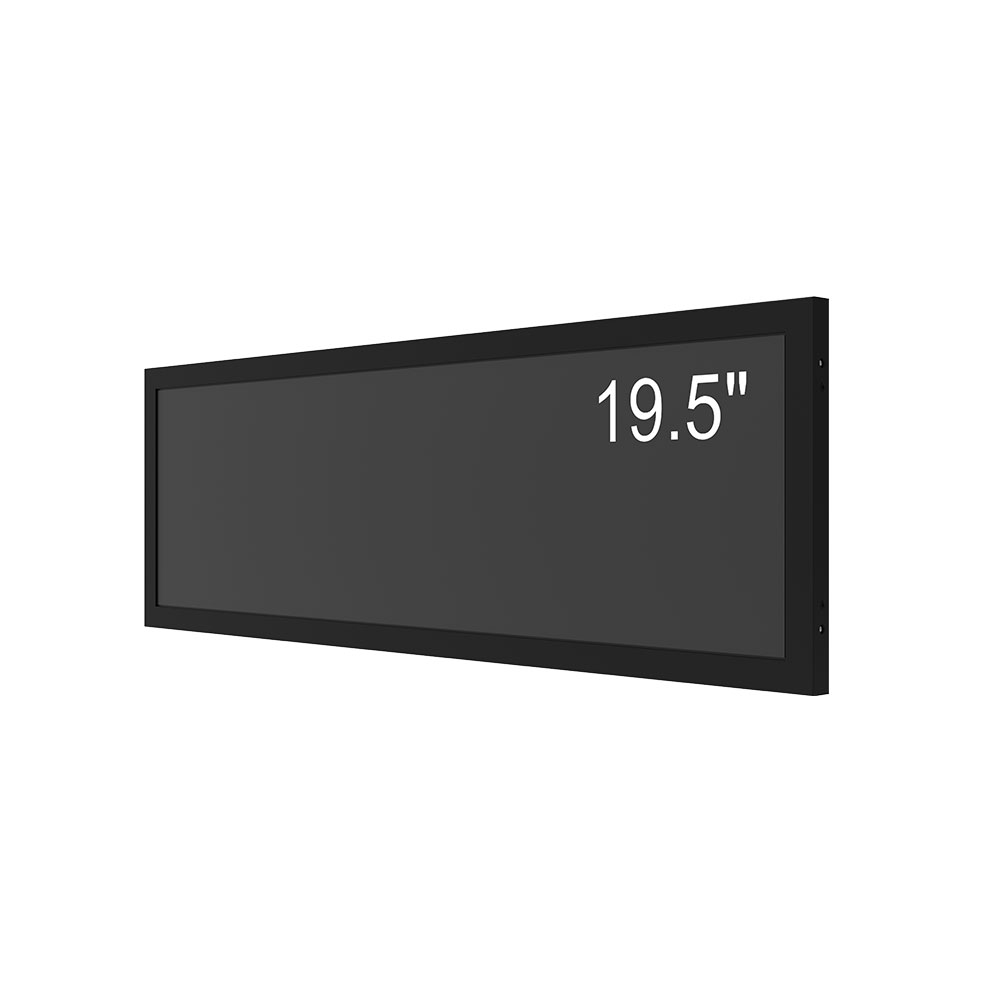When designing outdoor digital signage solutions, selecting the right display size and aspect ratio is critical to ensure optimal visibility, energy efficiency, and visual impact. The most common display ratio used in modern outdoor LCD screens is 16:9, which aligns with global standards for high-definition content and widescreen video formats. This aspect ratio maximizes screen real estate while maintaining compatibility with broadcast, streaming, and multimedia content from platforms like YouTube, Netflix, and social media.
Outdoor LCD screens come in a wide range of sizes—from compact 10.1-inch units suitable for kiosks and retail point-of-sale displays, up to massive 110-inch panels ideal for stadium, highway, or public space advertising. For instance, a 13.3-inch screen may be perfect for an interactive wayfinding terminal in a shopping mall, while a 75-inch or larger unit is often deployed in outdoor sports venues where visibility at distance is essential. Each size category offers distinct advantages:
- Small (10.1”–21.5”): Ideal for indoor-outdoor hybrid applications such as bus stops, convenience stores, and small business signage. These screens typically use LED-backlit technology for brightness and durability.
- Medium (23.8”–43”): Commonly found in commercial settings like restaurants, hotels, and corporate lobbies. They offer balanced performance between brightness (often 5,000–7,000 nits) and power consumption.

- Large (46”–86”): Used in high-traffic areas including airports, transit hubs, and event spaces. These units often feature full IP65 protection, ruggedized aluminum frames, and sunlight-readable displays.
- Extra-Large (98”–110”): Reserved for architectural installations, city centers, and large-scale advertising campaigns. They require specialized mounting systems, climate control, and higher brightness (up to 10,000 nits) to combat ambient light.
According to the International Electrotechnical Commission (IEC), outdoor LCDs must meet IEC 60068-2-1 (cold test) and IEC 60068-2-30 (humidity) standards to ensure reliability under extreme weather conditions. Furthermore, professional-grade outdoor screens should have an average brightness of at least 5,000 nits—significantly higher than indoor displays—to maintain legibility in direct sunlight.
In practice, a 27-inch outdoor monitor might be selected for a restaurant menu board due to its balance of visibility and cost, whereas a 65-inch unit would be better suited for a billboard-style ad on a busy street corner. The choice of size also impacts installation complexity, cabling requirements, and maintenance logistics. As such, engineers and integrators must consider both technical specifications and environmental context when specifying outdoor LCD screen dimensions and ratios.
For maximum effectiveness, always match screen size to viewing distance using the formula: Viewing Distance (in feet) = Screen Height (in inches) × 3. This ensures viewers can comfortably read content without eye strain—a principle widely adopted in AV system design by organizations like AVIXA and CEDIA.







